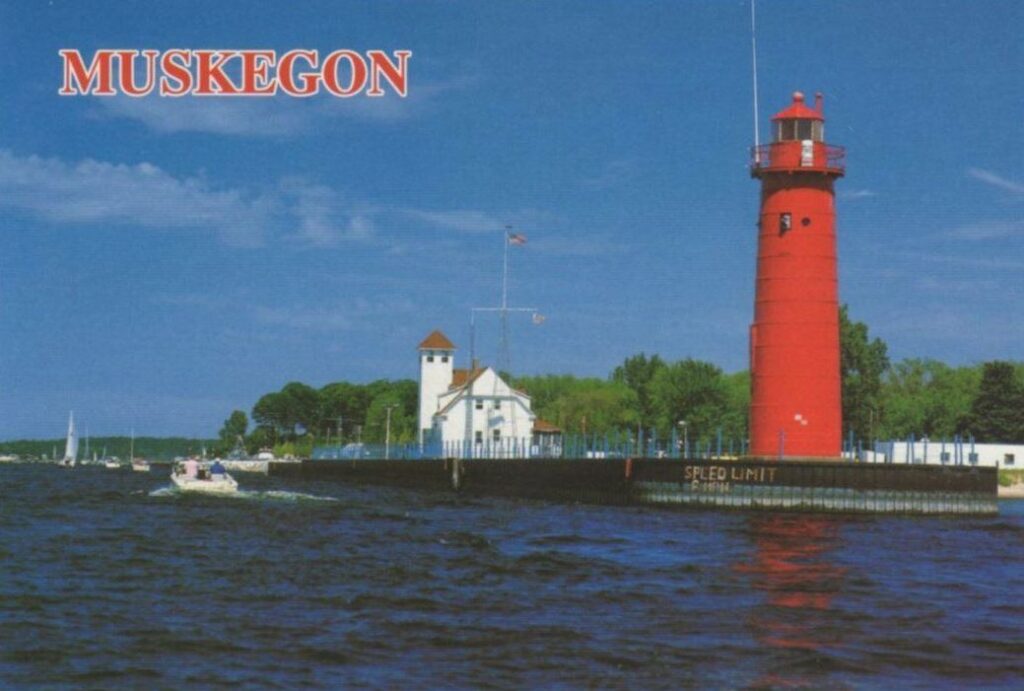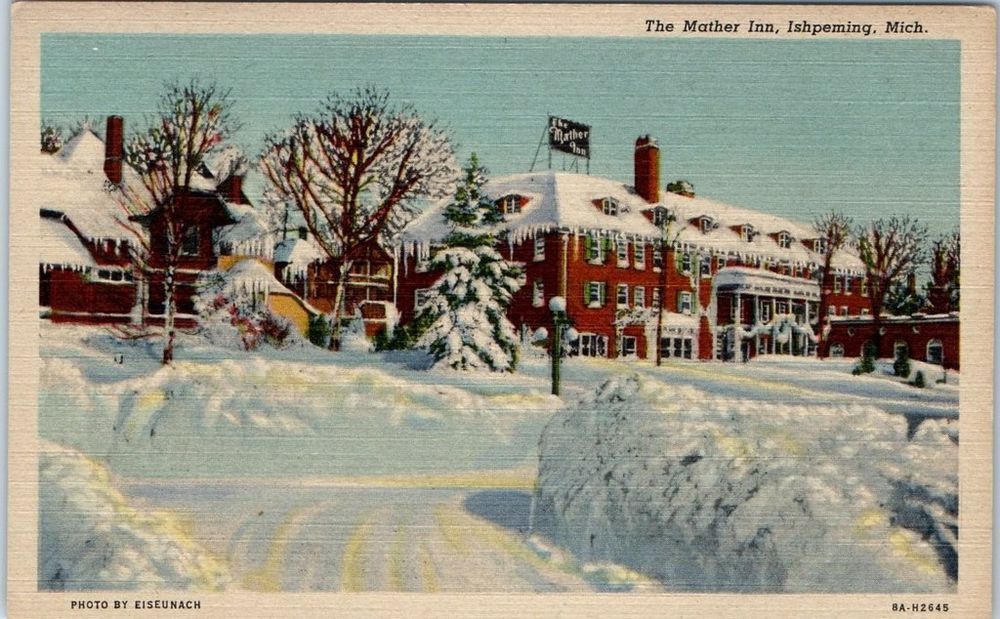And Why Is A Town Named After Her?
Wolverine Cafe previously looked at some Michigan town names, and we left with the question of “who was Ann Arbor and how did she get a town named after her?”
The answer to the second part of the question is part romance and part marketing.
Ann Arbor was founded by John Allen, who arrived in the area from Virginia in February, 1824. Allen was a land speculator who left Virginia to make his fortune. In those days, speculators could buy land from the federal government for less than $2 per acre. The gig was to establish a town and recruit settlers to buy lots and move in.
Allen and his partner, Elisha Rumsey of New York, purchased a site near the Huron River. The river was a source for water and transportation. The area also had forests for lumbering and open areas for farming. By mid-May, Allen had already surveyed a town and platted the lots.
All he needed to do was record a plat and begin marketing lots. And, of course, he needed a name for his new town.
John’s wife Ann had yet to join him in Washtenaw County. Perhaps John was lonely or an especially romantic man. Or maybe he just wanted to impress his bride. He had already rejected Allensville as a name, so maybe he thought Ann had a more pleasant ring to it. However Ann didn’t have enough substance as a town name and Annsville wasn’t much better. Annapolis was his other, rejected, choice and that name was already taken anyway.
At the time, the word arbor was commonly used to describe a group of shade trees. And there was just such an arbor in the area of John’s plat. Somehow John was inspired to combine the two – “Ann” and “Arbor”. The result was Annarbour.
Yes, the name of the town, as shown on the original plat filed in 1824 is Annarbour. Over time, the name was divided into two words. Eventually, the American spelling of “arbor” replaced the English “arbour”. But John and Ann Allen continued to use “Annarbour” for the rest of their days.
Here is something else to think about. What if John Allen’s bride had been named “Gertrude” Would the home of the Victors be Gertrude Arbor? If so, it wouldn’t be the same.
Another version of the story involved John’s partner, Elisha Rumsey. Unlike Mrs. Allen, Mrs. Rumsey was with her husband during the platting of the town. Her name was Mary Ann Rumsey. One story suggests that the two developers named the town after both wives. However, there is an historical question of whether Mrs. Rumsey went by the name “Mary” or “Ann”.
There is also a story of a female guide who led parties from Detroit westward through the wilderness in the early 19th Century. Her name, per legend, was Ann d’Arbeur.
For those of you who know Ann Arbor geography, Allen and Rumsey divided the town along Huron Street. Rumsey took the land south of Huron and named his streets William, Liberty and Washington. Allen took the land north of Huron and named his streets Ann, Lawrence and Catherine.
Muskegon and Ishpeming

Muskegon is the Anglicized version of the Ottawa Indian term Masquigon, meaning marshy river or swamp. The Masquigon river is identified on French maps dating from the late 17th Century, suggesting French explorers had reached the western coast of Michigan by that time.

One of my favorite town names is Ishpeming. Ishpeming is a small town on the shore of Lake Superior in Michigan’s Upper Peninsula. Settlement there began in the 1840s with the discovery of iron ore on a nearby peak.
For nearly 20 years, the settlement was known as “The Lake Superior Location”. That name marked a spot on a plank road, and later a railroad, but it didn’t do much for the locals. Since the town and its future were linked to the mountain peak, they chose the Chippewa name for “on the summit” or “high place”.
